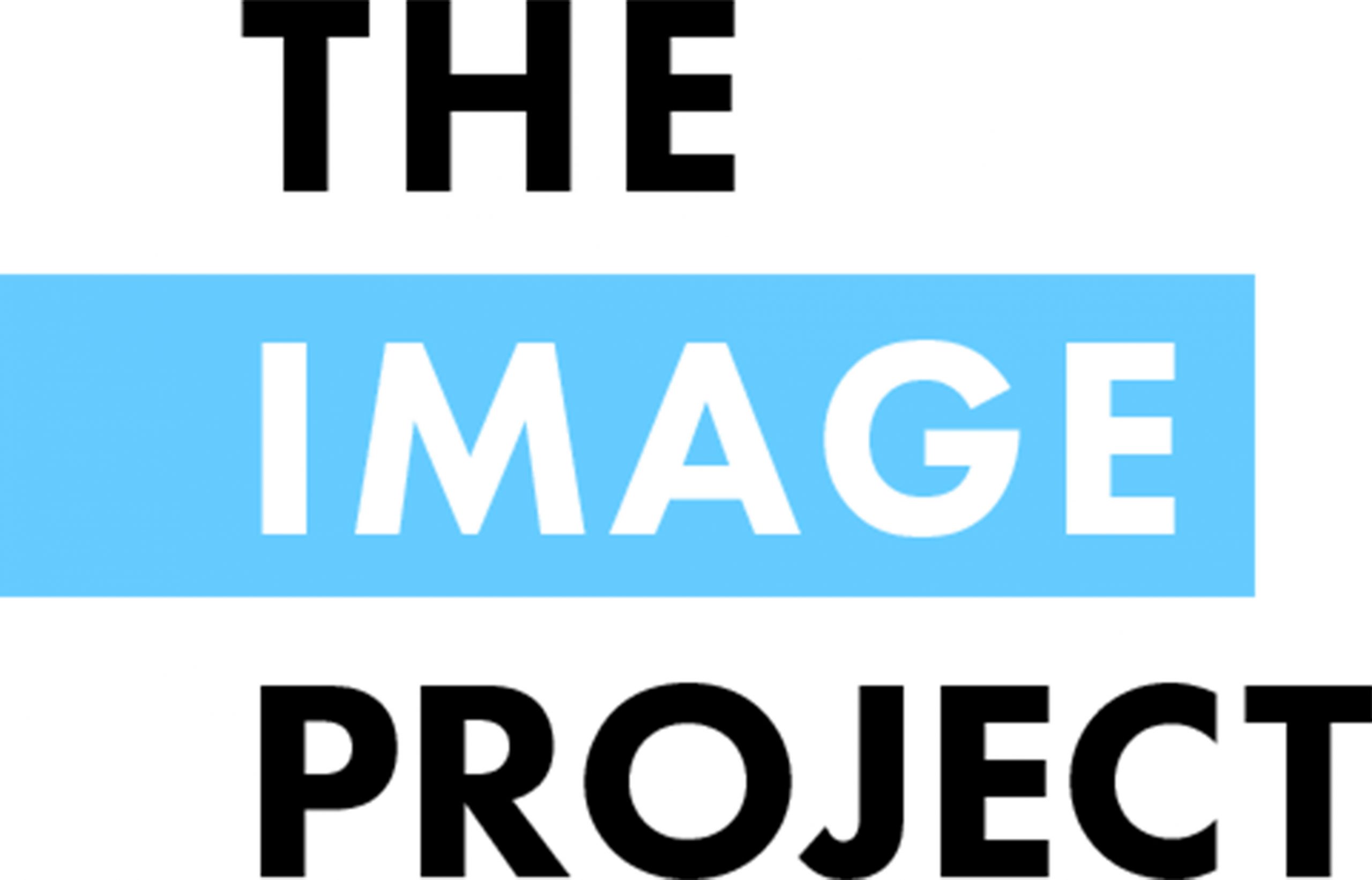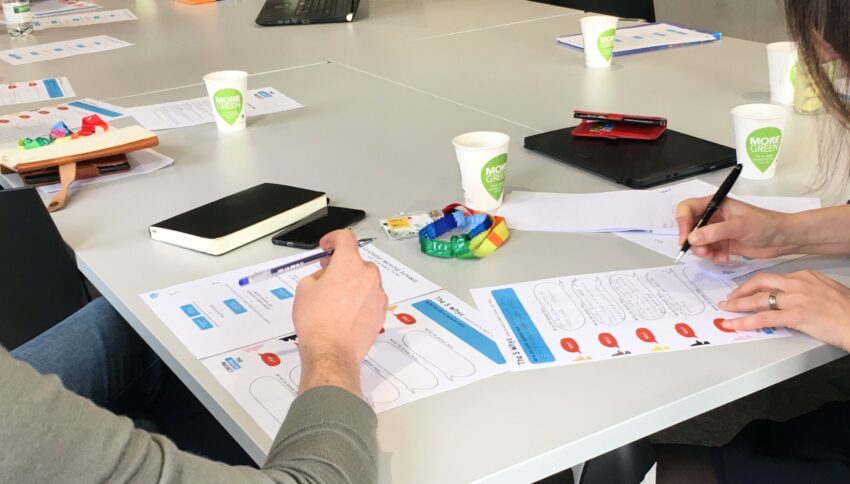Recently, Rachael Maun, Dr Marc Fabri and Dr Pip Trevorrow of Leeds Beckett University had a paper accepted for presentation at the Human-Computer-Interaction International Conference in Washington, DC, in July 2021 (http://2021.hci.international/).
The paper presents a literature review investigating the suitability of participatory design methods when used with autistic adults. The IMAGE project uses a participatory approach for the design of an employability toolkit and Rachael’s PhD project is based on this approach.
Six core themes of adaptations and considerations to be made when working with autistic adults were uncovered: (1) appropriate approaches and methodology, (2) individual differences, (3) flexibility, (4) communication, (5) environment and sensory issues and (6) challenging assumptions.
Here we summarise the main points under each of these themes:
(1) Appropriate Approaches and Methodology
- Encourage participants to open up about their emotions.
- Continuously co-construct the groups understanding of the technology and its’ functioning.
- If possible, embed the researchers into the research space a few weeks prior to the participatory design activities.
- Choose appropriate approaches to meet partnership goals while also considering the abilities and preferences of the participants.
- Consider who should be included on the team.
(2) Individual Differences
- Give participants examples and explicit demonstrations.
- Consider adjusting the materials to be accessible to all members of the group.
- Acknowledge ‘positive deviants’ i.e. participants who appear to cope better than others despite starting from the same situation, these can provide insight into how these individuals managed to succeed, and positive strategies can be shared with the group.
(3) Flexibility
- Allow participants to contribute to the workshops in a way they choose, this may include stereotypical methods e.g. interviews, short videos, questionnaires, discussions and audio recordings but also may be more abstract e.g. poetry, art etc.
- Participants should be given options when engaging in interviews e.g. face-to-face interviews, telephone interviews, real-time email interviews, and instant messenger chat interviews.
(4) Communication
- Be transparent.
- Define roles within the group from the outset.
- Offer a variety of channels for participation and communication e.g. email, phone, face-to-face.
- Share power amongst everyone in the group.
- Share findings and build a community.
- Communicate respectfully, asking for consideration from all group members.
- Differences should be recognised, and there should be an acceptance that there may not always be agreement.
(5) Environment and Sensory Issues
- Consider autism friendly spaces where participants can feel safe, can access, can be themselves and accomplish their goals.
- Consider meeting autistic participants in a place of their choosing.
- Avoid wearing colognes/perfumes.
- Choose a quiet environment which is well ventilated, with enough space for all participants to sit comfortably.
- Allow participants to stim during the workshops
- Offer a quiet space where participants can retreat if they feel they need to.
(6) Challenge Assumptions
- Challenge stereotypes surrounding autism e.g. that they prefer visual information, this may not be the case.
- Do not assume that surveys/methods validated for the general population will work with autistic participants.
Overall, it was found that participatory design can definitely be a suitable approach to collaborate with autistic adults. This is provided that careful adjustments are made to some or all of the design activities to ensure their accessibility and effectiveness. It is also important that researchers and practitioners have sufficient understanding of autism to make these adjustments, and that they invest time to get to know the autistic participants involved in their design project.
To receive a pre-print version of the paper, please contact the IMAGE project lead Dr Marc Fabri m.fabri@leedsbeckett.ac.uk.

